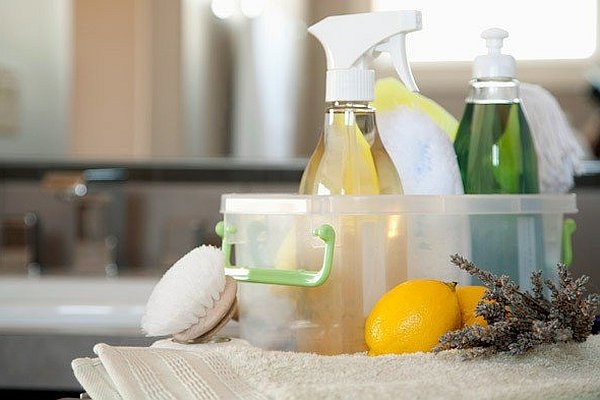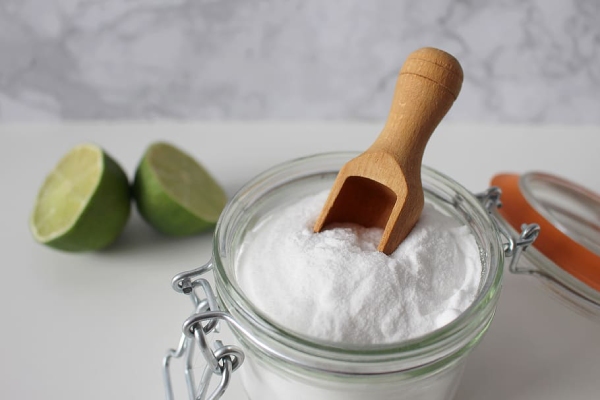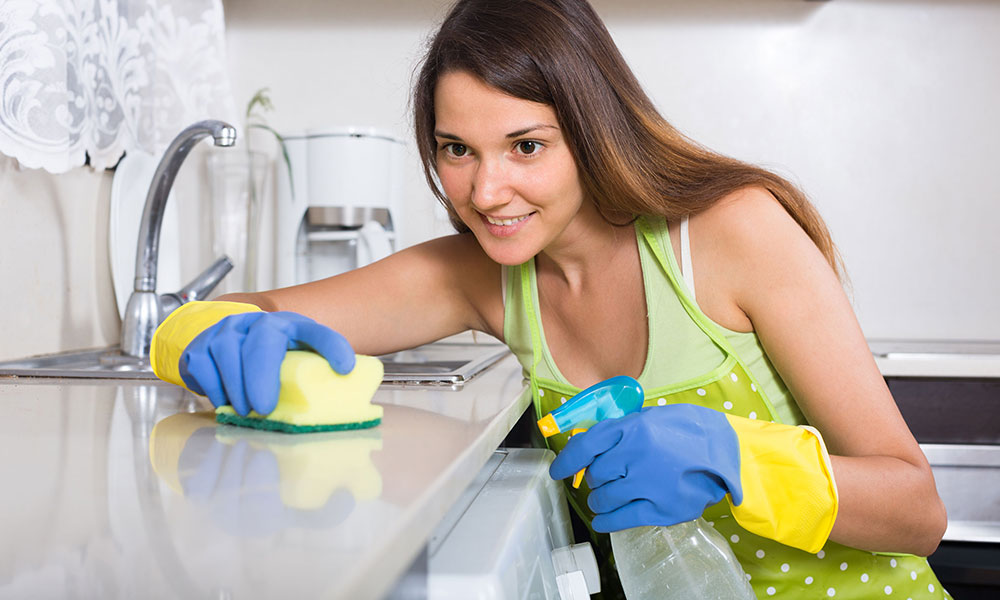Have you ever wondered how your household cleaning products work to remove dirt and grime? The answer lies in the chemical reactions that occur between the ingredients in these products and the surfaces they come into contact with. In this article, we will explore the science behind some common household cleaning products and how they work to keep your home clean and hygienic.
Soap
Soap is one of the oldest and most basic cleaning products available. It is made by mixing fats or oils with an alkaline substance, usually sodium hydroxide. When soap comes into contact with water, it forms micelles, which are tiny clusters of molecules that surround and trap dirt and grime. The hydrophobic tails of the soap molecules attach to the dirt, while the hydrophilic heads remain in the water. When the soap is rinsed away, the dirt is carried off with it.
Bleach

Bleach is a powerful disinfectant that is commonly used in the home to kill bacteria and viruses. The active ingredient in bleach is sodium hypochlorite, which works by oxidizing the proteins in bacteria and viruses, causing them to break down and die. Bleach is particularly effective at killing germs on surfaces that have come into contact with bodily fluids, such as toilets and sinks.
Ammonia
Ammonia is a common ingredient in glass cleaners and floor cleaners. It works by breaking down and dissolving grease, oil, and other organic substances. Ammonia is a strong base, which means that it has a high pH. When it comes into contact with acidic substances, such as vinegar or lemon juice, a chemical reaction occurs that produces ammonium acetate. This reaction neutralizes the acidic substance and makes it easier to clean away.
Vinegar
Vinegar is another common household cleaning product that is often used as a natural alternative to harsher chemicals. Vinegar is a weak acid, which means that it has a low pH. When it comes into contact with alkaline substances, such as soap scum or hard water deposits, it reacts to break them down and make them easier to clean away. Vinegar is also effective at killing bacteria and viruses.
Baking Soda

Baking soda is a versatile cleaning product that can be used for a wide range of household cleaning tasks. It works by reacting with acidic substances to produce carbon dioxide gas, which helps to lift away dirt and grime. Baking soda is particularly effective at removing odors from carpets, upholstery, and other fabrics. It can also be used to clean and deodorize refrigerators, sinks, and other surfaces.
Understanding the chemistry behind household cleaning products can help you choose the right products for your cleaning needs. It can also help you to use these products more effectively and safely. Whether you prefer natural alternatives or commercial cleaning products, there is a science behind how they work to keep your home clean and hygienic.

